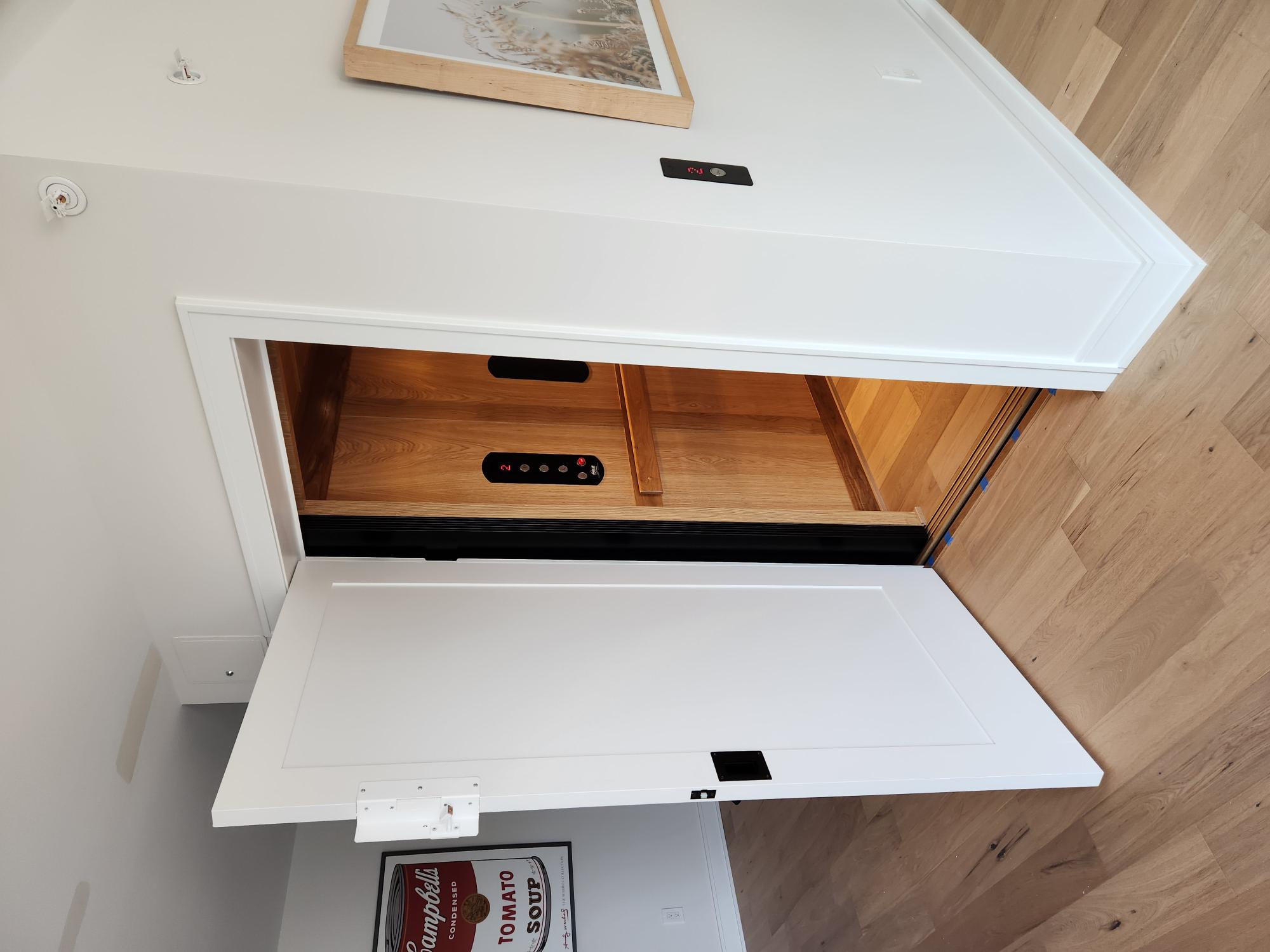London Lift Company: Giving Comprehensive Lift Solutions Throughout the Resources
London Lift Company: Giving Comprehensive Lift Solutions Throughout the Resources
Blog Article
Digging Into the World of Lifts: Typical Concerns Dealt With by Various Lift Devices
As we navigate through the upright transportation systems of modern-day buildings, lifts stand out as a vital component of our day-to-days live. Nevertheless, behind their smooth operation lies a world of complex devices that can in some cases run into difficulties. From hydraulic lifts to grip systems and machine-room-less designs, each lift kind includes its collection of usual concerns. Comprehending these challenges is critical for ensuring the smooth functioning of these essential systems. Allow's discover the complexities that underlie the procedure of lifts and the possible issues that can arise, shedding light on the elaborate internet of lift devices.
Hydraulic Lifts
Hydraulic elevators, commonly preferred for low-rise buildings, utilize fluid pressure to manage the movement of the lift auto (lift repair companies). This device includes a hydraulic pump pressing oil into a cylinder, triggering the lift to move in the preferred direction. While hydraulic elevators are known for their smooth and peaceful procedure, they do include their very own collection of typical problems
One prevalent problem with hydraulic elevators is oil leakage. Additionally, issues with the control system, such as faulty valves or a malfunctioning pump, can cause disturbances in the lift's activity.
Routine maintenance and timely repair work are vital to make sure the smooth functioning of hydraulic elevators. By dealing with these common concerns proactively, structure proprietors can reduce downtime and guarantee the safety and efficiency of their upright transport system.
Traction Elevators
When taking into consideration upright transportation systems in buildings, an additional common kind in addition to hydraulic elevators is the traction lift. Traction lifts run utilizing a system of ropes and counterweights that relocate the elevator vehicle by gripping onto the hoist ropes. This device permits smoother and faster upright transportation compared to hydraulic systems.
Among the common concerns dealt with by traction lifts is rope wear. The constant activity of the ropes within the traction system can lead to tear and use in time, possibly triggering the lift to breakdown or become harmful for use. Normal assessments and maintenance of the ropes are important to guarantee the lift's appropriate performance and security.
An additional issue that grip elevators may encounter is associated with the control system. Problems with the control system can cause concerns such as unpredictable activity, delays in action times, or also total closures. Regular testing and upkeep of the control system are essential to stop such issues and guarantee the lift's reliability.
Machine-Room-Less (MRL) Elevators

One of the essential components of MRL lifts is the small gearless traction equipment that is set up within the hoistway. This device successfully drives the lift vehicle without the need for cumbersome devices found in typical traction lifts. Furthermore, MRL elevators commonly utilize a counterweight system to stabilize the vehicle, more improving their energy effectiveness.
Despite their benefits, MRL lifts may face challenges connected to maintenance and repair service due to the constrained space for devices installment. Ease of access for servicing elements within the shaft can be restricted, requiring specialized training for service technicians. Proper maintenance routines and normal inspections are important to make certain the ongoing smooth operation of MRL elevators.
Overloading and Weight Limitation Issues
Straining and weight limitation problems are important worries in lift operations. Elevator producers design lifts with specific weight abilities to make certain guest security and devices durability.
When elevators are overloaded, it places too much stress on the motor, cables, and various other parts, potentially causing malfunctions or failures. If they spot excess weight, safety devices such as sensors and overload sensing units are in location to avoid lifts from relocating. Additionally, going beyond weight limitations can lead to raised energy consumption and damage on the elevator system.
To minimize overwhelming issues, constructing managers need to prominently present weight limitations in lifts and inform occupants on the value of adhering to these constraints - lift repair companies. Routine maintenance checks by qualified technicians can additionally help make certain that elevators are running within safe weight specifications. By addressing overloading and weight limitation issues proactively, structure proprietors can enhance lift safety and effectiveness
Electric System Failures
Surpassing weight limitations in elevators can not only lead to mechanical problems however likewise potentially contribute to electrical system failures within the lift infrastructure. we maintain lifts Electrical system failures are a vital worry in elevator operation, as they can cause unexpected shutdowns, breakdowns, or also safety and security threats.
In addition, power rises or variations in the electric supply can likewise disrupt the elevator's procedure, influencing its efficiency and security. These electrical disturbances can harm delicate elevator components such as control panels, motherboard, or sensing units, causing system failures. Regular upkeep and assessments are vital to determine and address potential electric problems promptly, ensuring the efficient and secure operation of elevator systems. By sticking to weight limitations and conducting regular electrical system checks, structure owners can mitigate the threat of electrical failings in elevators.
Conclusion

Hydraulic lifts, commonly chosen for low-rise structures, use fluid pressure to regulate the motion of the lift cars and truck.When thinking about upright transportation systems in buildings, one more common kind aside from london lift company hydraulic elevators is the grip elevator. Grip elevators run using a system of ropes and weights that move the lift vehicle by clutching onto the hoist ropes. Unlike conventional lifts that require a different machine space to house the equipment, MRL elevators incorporate most of the elements within the shaft, eliminating the requirement for a dedicated device area.In conclusion, lifts encounter typical concerns such as hydraulic malfunctions, traction system failings, and electric system problems.
Report this page